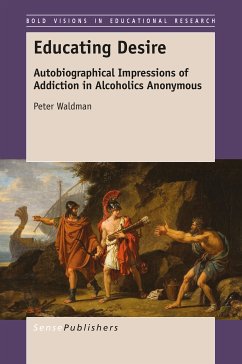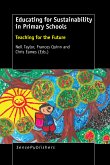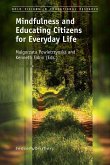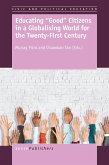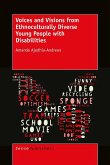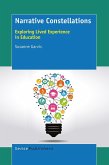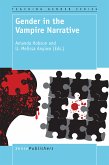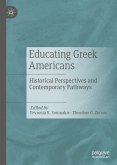Highlighted is the semi-fictionalized storied nature of reflected upon lived experience-the personal telephone game of (Paul Ricoeur's) narrative identity-and the role of institutions like AA in grafting onto lived experience new narrative forms that allow for new ways of structuring self and identity.
All the made-up aspects of the narrative-the multi-tracked narrator's voice, shifts in point-of-view, and the semi and sometimes totally imagined characters encountered at the meeting and elsewhere-are the fiction the author makes of his personal history as an addict and newcomer in AA, which complicates the
relation between knower and known (author and reader) while enriching and enlivening the narrative, drawing the reader into a literary representation of imagined and lived experience
Dieser Download kann aus rechtlichen Gründen nur mit Rechnungsadresse in A, B, BG, CY, CZ, D, DK, EW, E, FIN, F, GR, HR, H, IRL, I, LT, L, LR, M, NL, PL, P, R, S, SLO, SK ausgeliefert werden.

